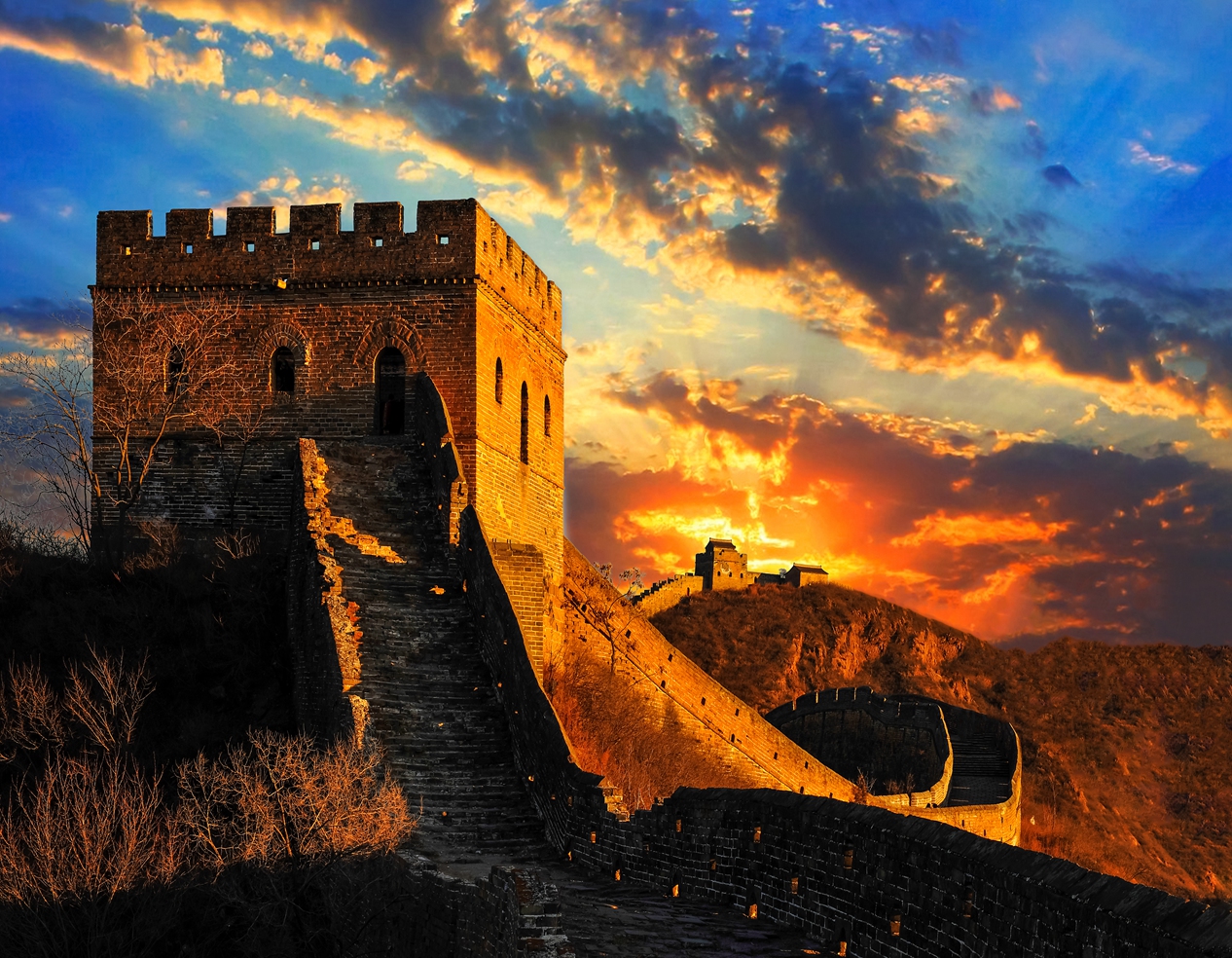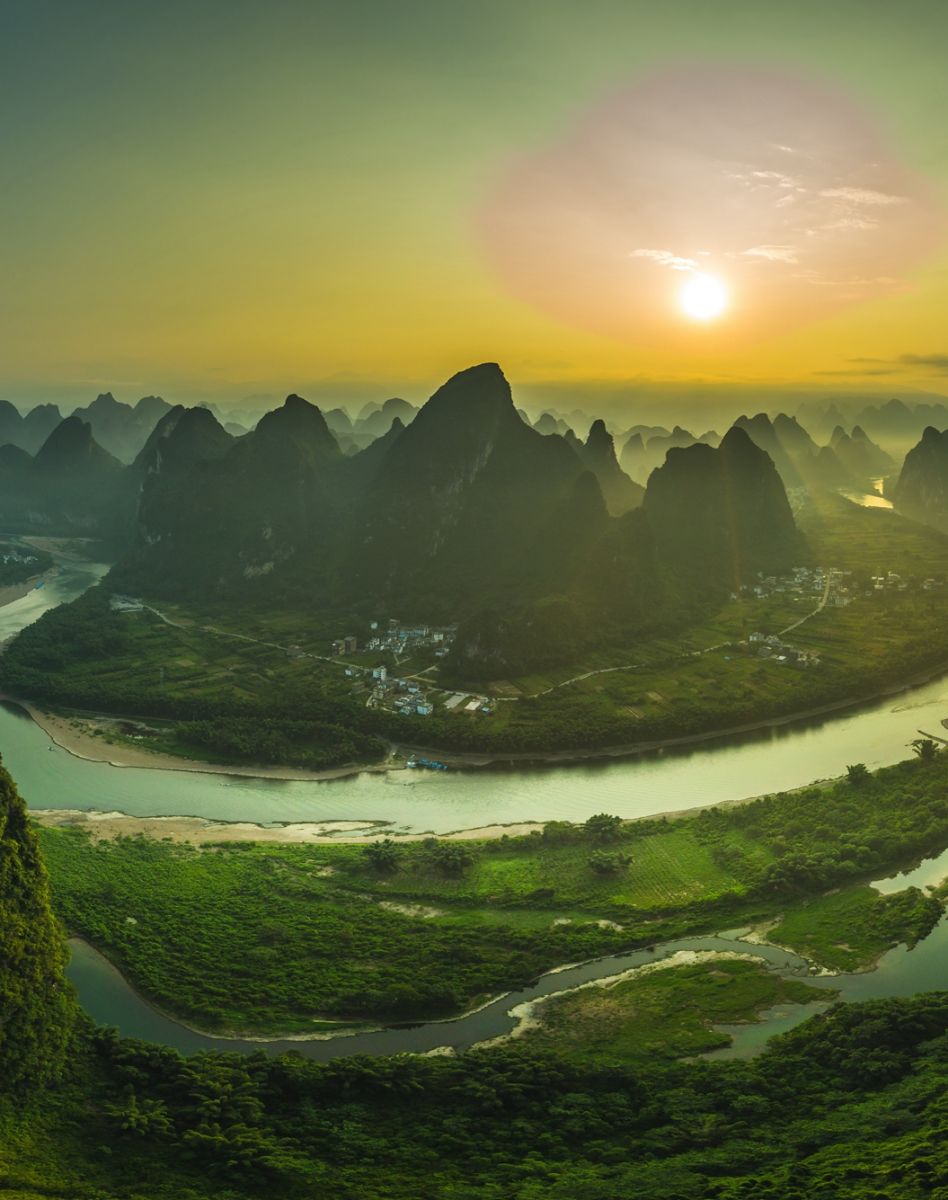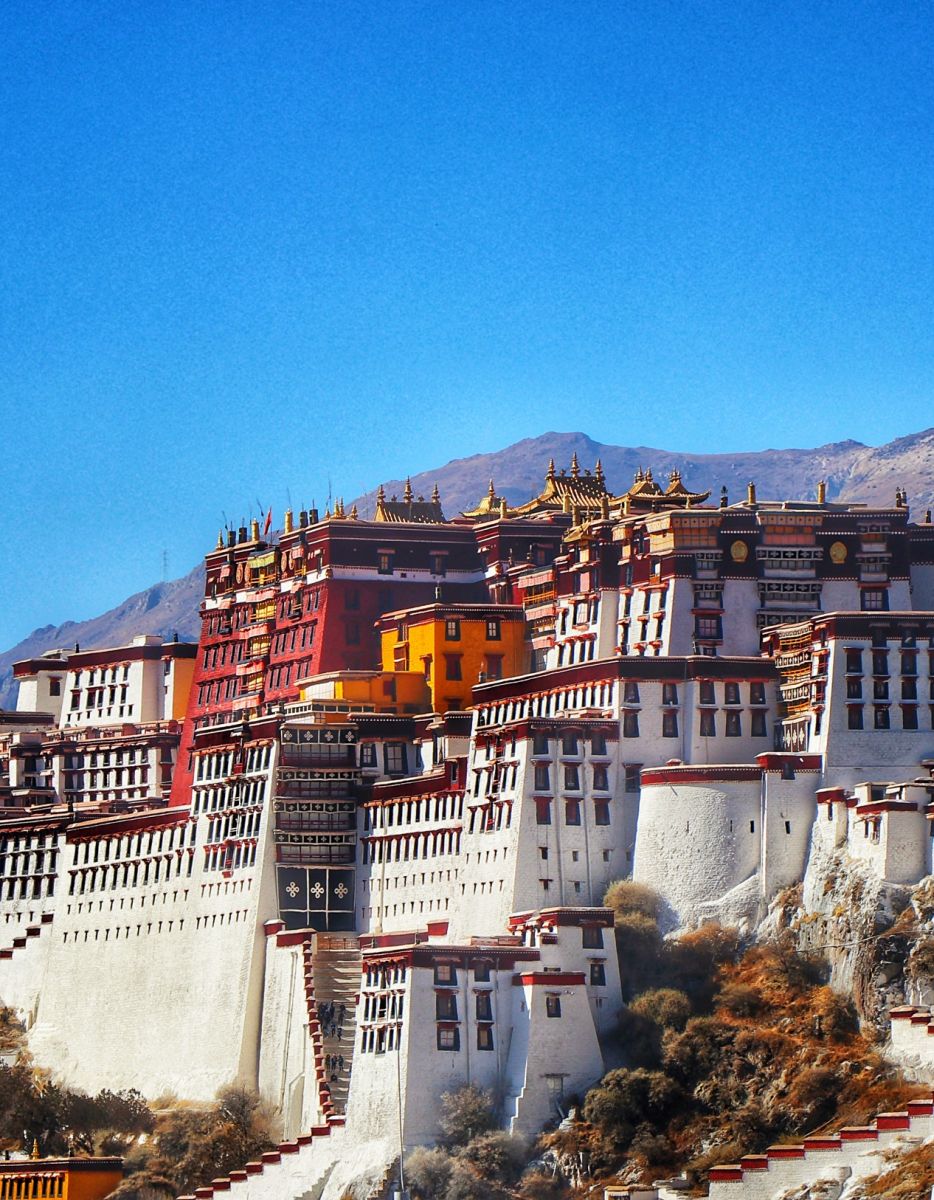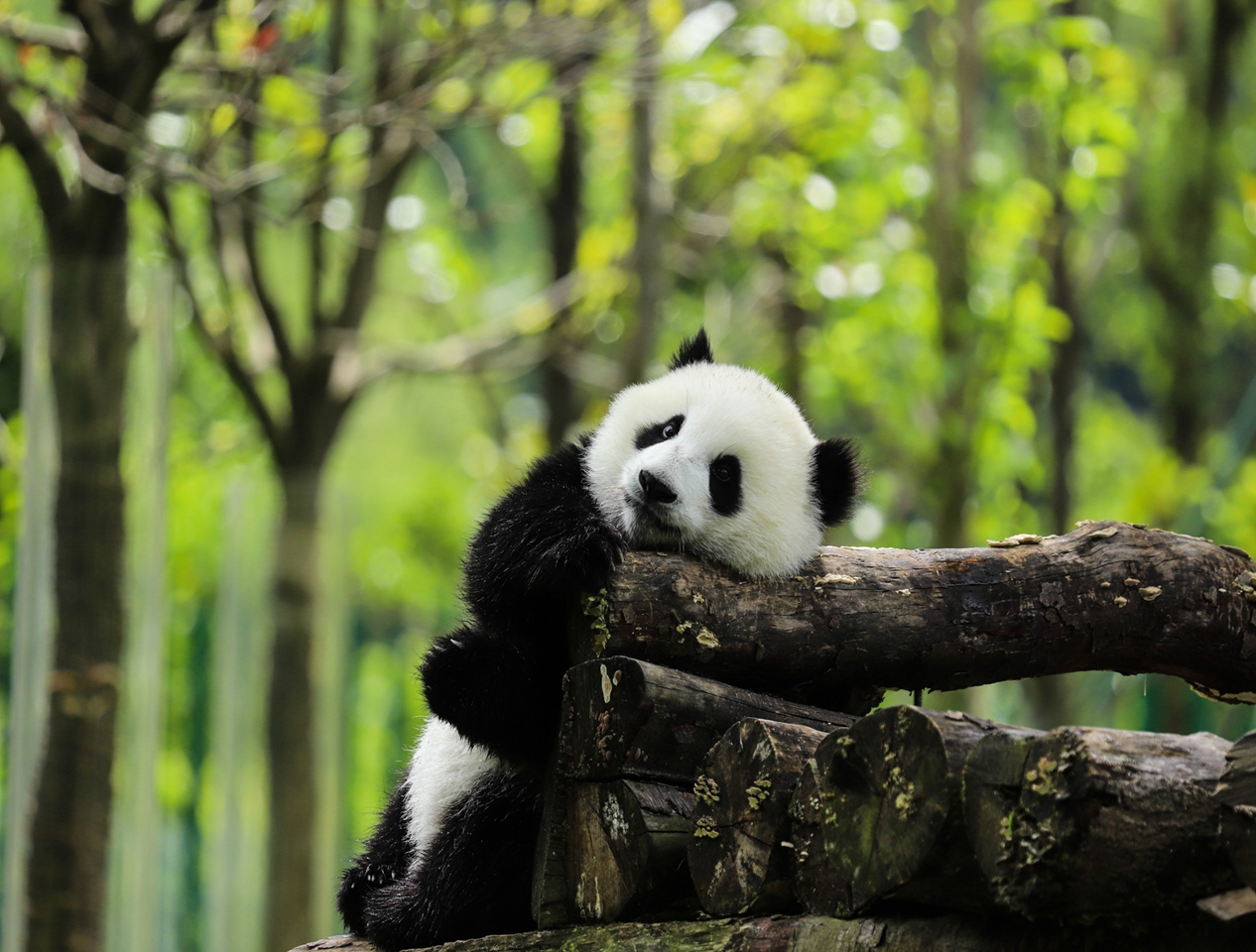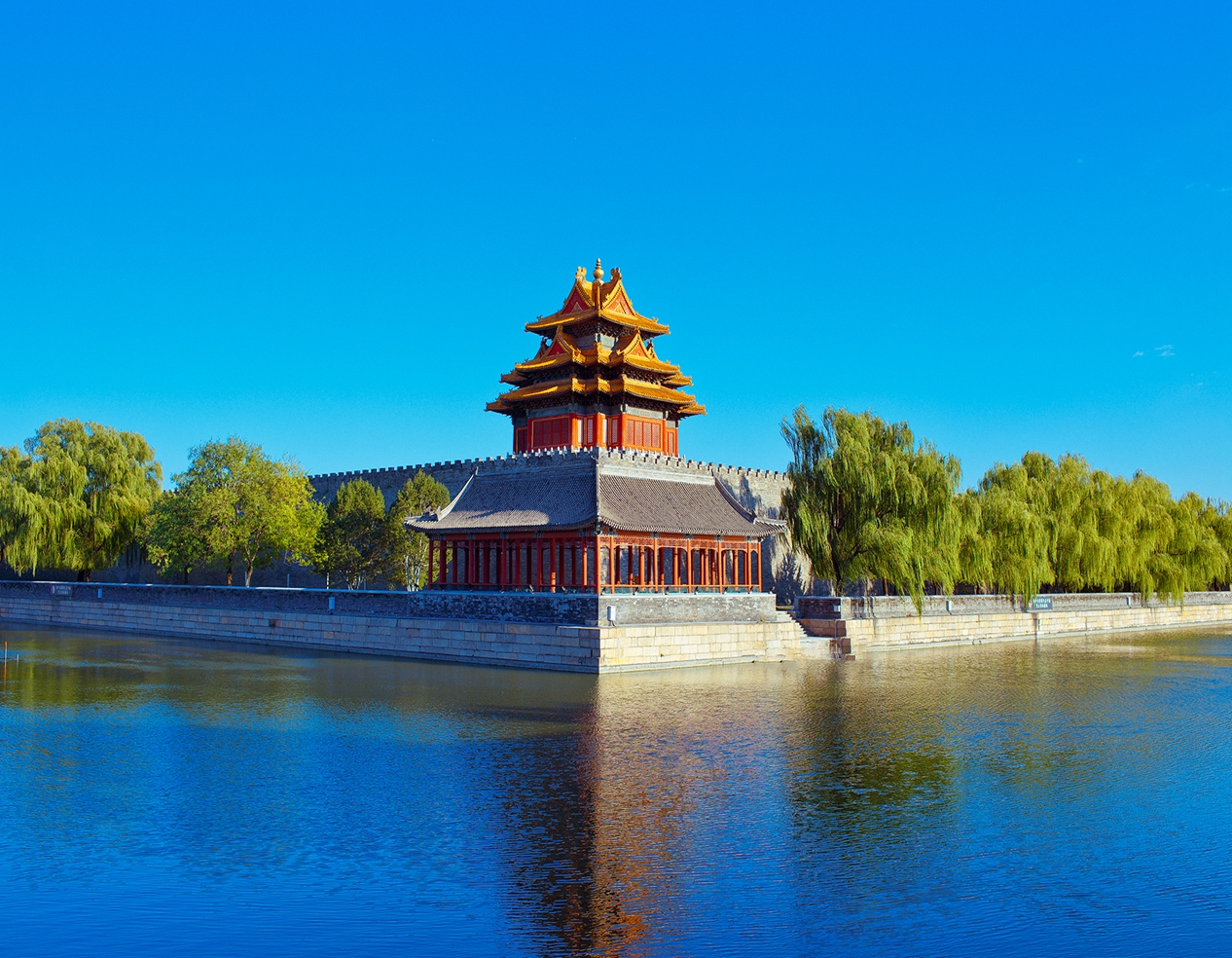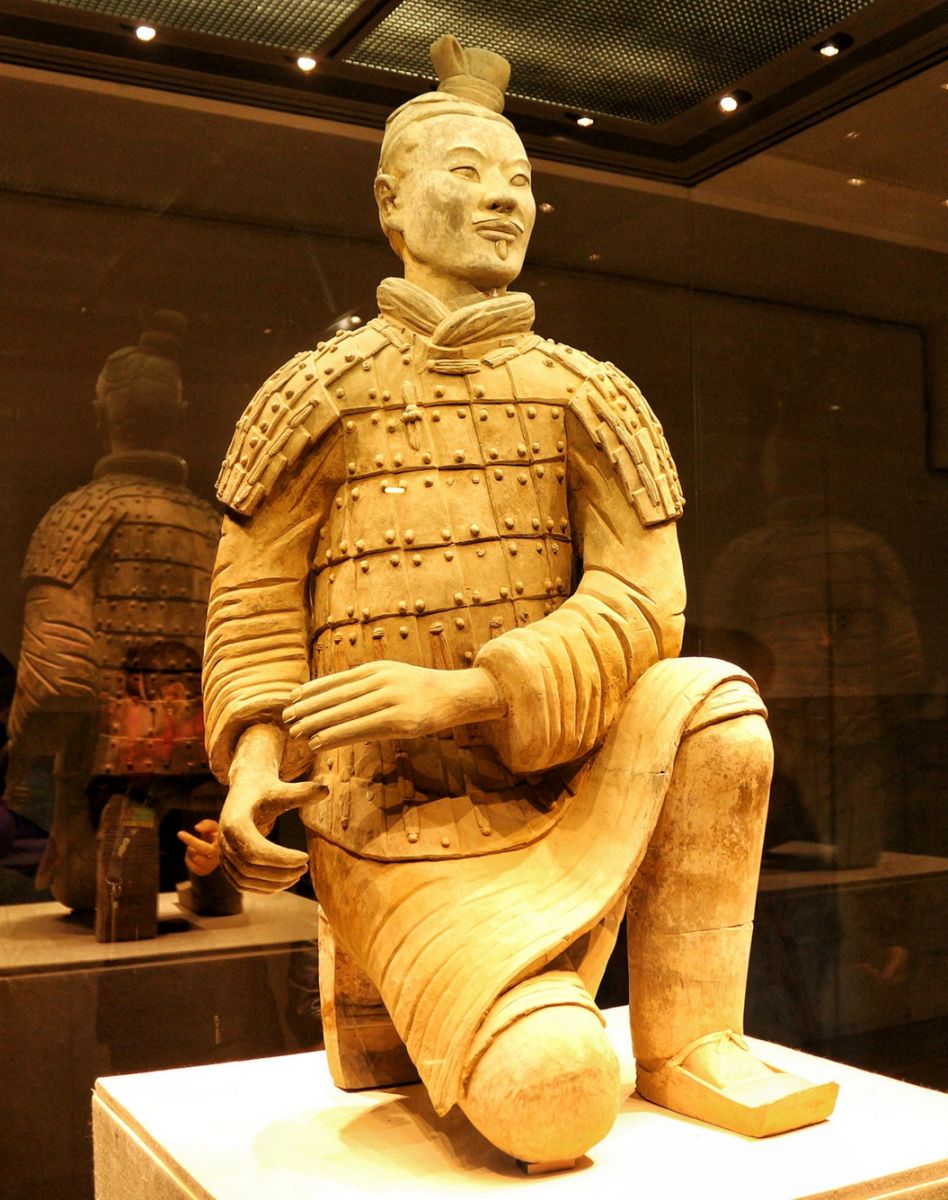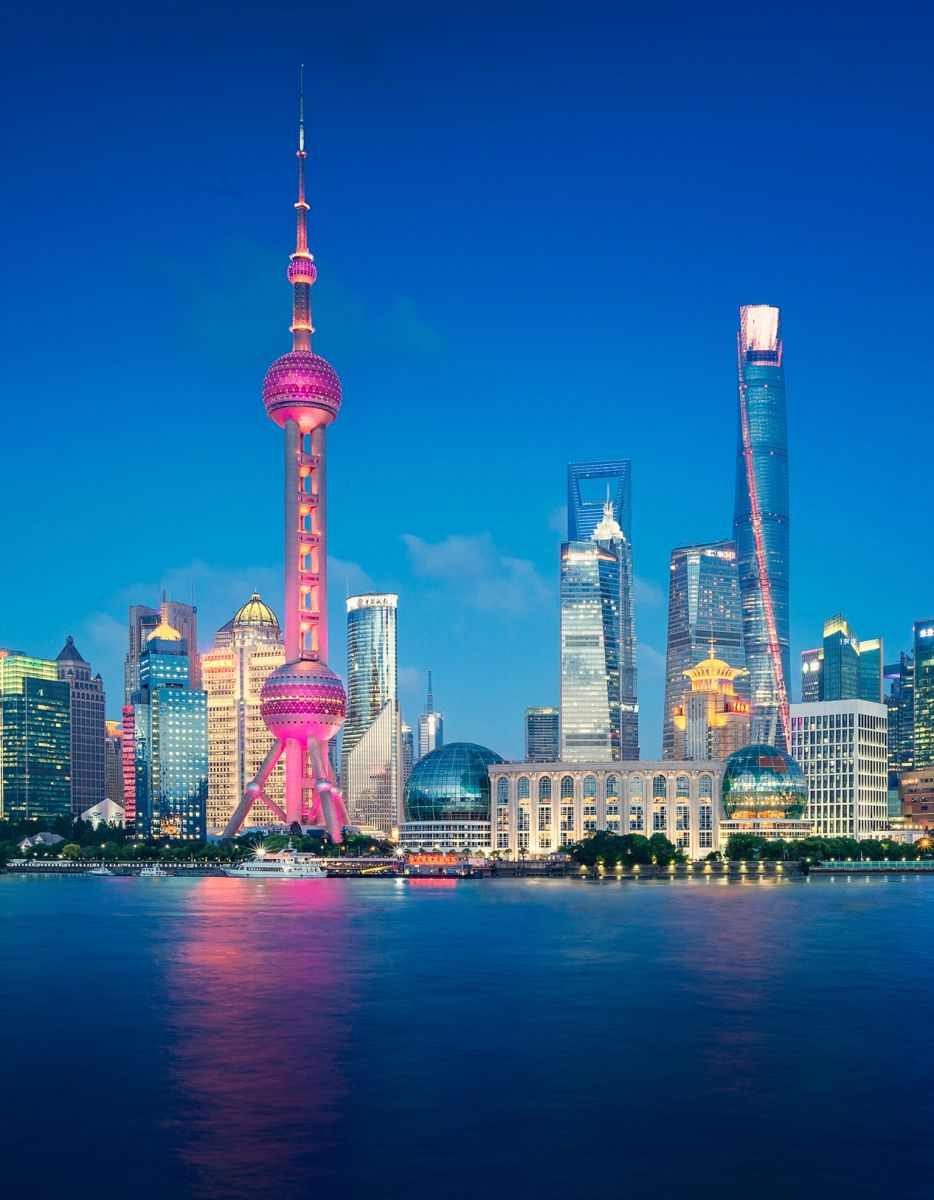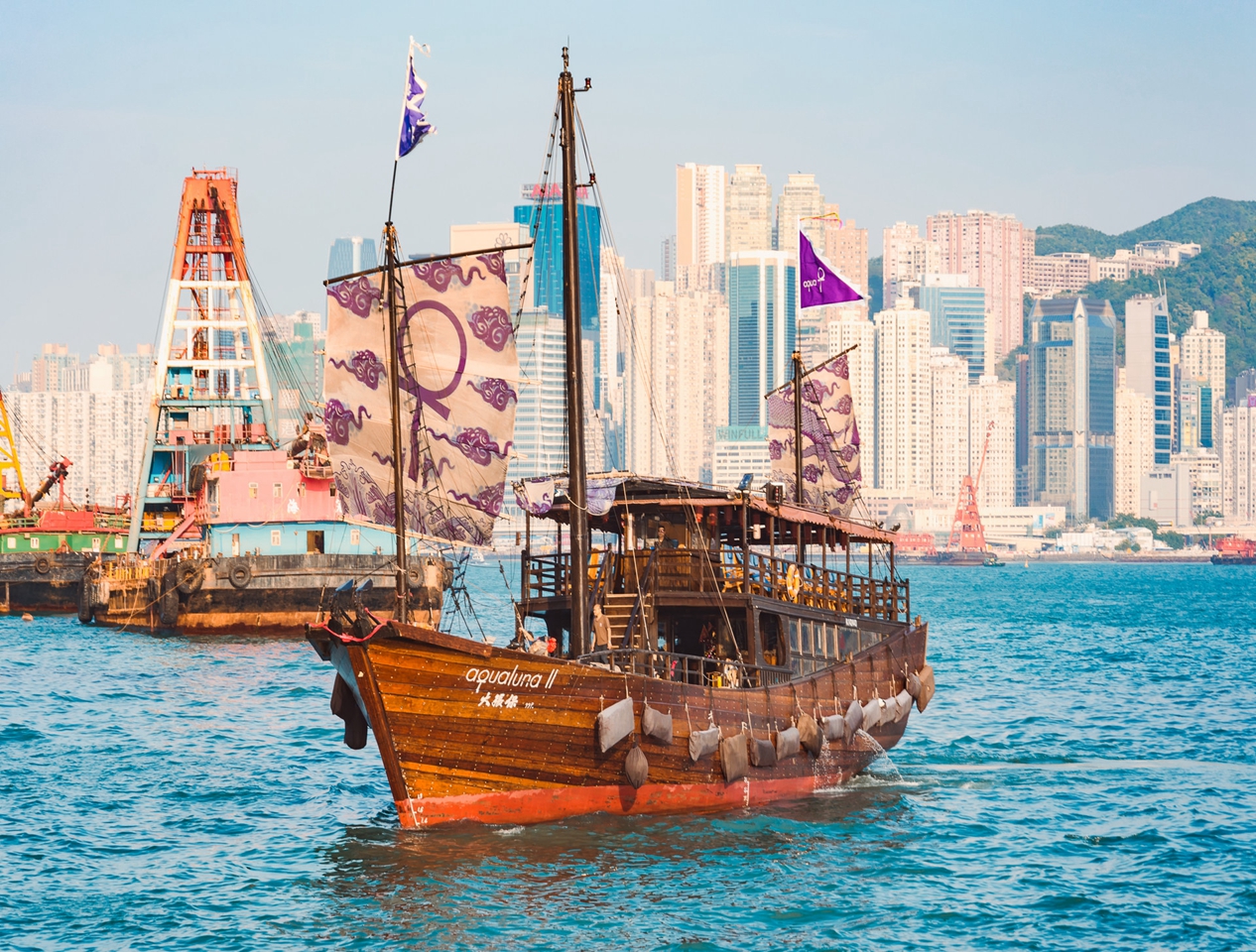1. Why should I join your photography tour?
Taking photos is the primary goal during a photography tour. We work with you and advise you on photography in the field. Both beginners and advanced photographers can benefit from this. If you love adventure, exploring, and taking amazing photos, then you'll have a great time on our photography tours! These tours not only allow you to see the beauty of a country and take some amazing pictures, but also serve as a tool for you to learn and improve your photography skills. While you can learn a lot from books and YouTube videos, there is no better way than shooting in the field with professionals. You will learn more from other photographers than from any book.
2. What photography equipment do I need to bring?
Once you have booked a photography tour with us, you will receive a document with detailed information before your departure. We'll suggest what clothes you should bring, what practical gadgets you might need, and of course our recommended photography gear. In general, we recommend a DSLR camera, a range of lenses, spare memory cards (or film), and batteries. You can also bring filters and tripods. It usually helps to bring a computer with editing software as well.
3. Can non-photographers participate?
Absolutely! While our photography tours are photography-themed, they all offer incredible experiences that will be friendly to non-photographers as well. Since most of our destinations have amazing natural environments and beautiful landscapes, you're sure to enjoy them, whether you love photography or not.
4. What is the average age of the guests participating in the photography tour?
We cater to people between the ages of 18 and 85 years old. Usually, we do not have children or teenagers on our photography tours. You can always contact us with your travel needs and we will accommodate your needs based on your destination and activities.
5. What kind of accommodation do you offer?
Depending on the location, the standard and the type of accommodation will be different. We strive to provide high cost-effective accommodations wherever we can. We aim to make your stay comfortable and memorable. However, in remote areas with excellent photographic opportunities, there may be a lack of quality accommodations. We will inform you of this in advance so that you can research the accommodations we offer before booking your tour with us, and so that you do not deviate from your expectations. Your satisfaction is of the utmost importance to us and we strive to provide you with the best quality accommodation.
6. Do the photography tours include meals?
Generally, our tours include all meals as indicated. If not, it will be mentioned in the itinerary. If meals are not included in the itinerary, you can explore and find places to eat. Or, ask your guide for some suggestions.
7. Can I use Drone (UAV) in China to take photos?
According to China's national aviation authority, the Civil Aviation Administration of China (CAAC), flying a drone is legal in China, but we recommend being aware of and compliant with the drone regulations listed below before doing so.
Drone Laws in China | UAV Coach (2020)
8. Can I take pictures in the Forbidden City?
According to the regulations of the Forbidden City, commercial photography is prohibited in Forbidden City. Large-scale shooting equipment is NOT allowed to be taken into the Forbidden City. However, if a common visitor carries an SLR camera to take photos, it is completely fine. But the use of flashes, tripods, and selfie sticks is prohibited.
9. Is it legal to take photos at Tian’anmen Square?
There are no photo restrictions on the surrounding buildings of Tian'anmen Square, including Tian'anmen Gate Tower, Great Hall of the People, Chairman Mao Memorial Hall (no photos inside), Monument to the People's Heroes, and the square can be photographed.
10. Why are photos not allowed in Chinese temples?
On one hand, the flash of a camera can cause damage to historical Buddha statues and accelerate the destruction. On the other hand, from a religious and cultural point of view, Buddha statues are sacred. Taking photos at will is a sign of disrespect to the Buddha.
In fact, the "no photo" rule in temples means that visitors are forbidden to take pictures of Buddha statues. However, in many places where there is no Buddha statue, such as the entrance to the temple, visitors can take pictures.
11. I want to go to Tibet to take pictures. Is this allowed?
Many people want to record the beautiful moments of Tibet travel with their cameras. But be aware of the following points:
You are not allowed to take photos in temples, such as Polata Palace.
Please ask for permission before taking photos.
Don't feel free to take pictures of beautifully dressed yaks, Tibetan mastiffs, or other animals on the roadside. There may be a charge for taking pictures.
12. What is the best time to see the terraces in Yunnan?
From November to April, the terraces will be filled with water and shine like mirrors. This is a great time to take photos. June to September is the season when rice is ripe and the golden terraces are another kind of beauty.
13. If I only have the camera on my phone, can I join a photography tour?
Yes! The best camera is the one you have. No matter what kind of camera you have or what your photography level is, our guides will work with you and your own gear.
14. Can I rent photography equipment in China?
Not from us. However, if you ask, your guide can take you to some photography equipment stores. It is also a good idea to rent equipment for a photography tour.
15. Can you customize a photo tour for us?
Yes, we can! Please send us an email with your request and we will get back to you as soon as possible.
16. Do I need to be physically fit to participate in a photography tour?
Most photography tours require a good level of physical fitness. To be able to take better photos, you should be able to walk long distances of 1 hour or more on uneven ground and be able to carry your own equipment. You can consult with your dedicated consultant for details before booking. If you have any questions about physical fitness or health requirements, please feel free to contact us.
17. What if the weather is bad?
It depends on your definition of "bad weather".
For example, a sunset shot in a perfectly clear sky can result in a rather dull image, and we need clouds to add texture. In addition, many great photos are taken after what many consider to be "bad weather", such as storms. If the weather is seriously bad, we will pause for a while. But generally speaking, our goal is to take the best photos in all weather conditions. You will also have the opportunity to plan each day's itinerary with your guide and make joint decisions about what conditions are appropriate for what locations.
18. Where are the best spots in China for shutterbugs?
You can record the historical and cultural relics of China at the Great Wall, Forbidden City and Temple of Heaven in Beijing, as well as the Terracotta Warriors and the Big Wild Goose Pagoda in Xi'an. The natural beauty of western China can be recorded on camera. We highly recommended sites include Jiuzhaigou Valley in Sichuan and Zhangjiajie Scenic Area in Hunan. In Zhouzhuang, Wuzhen, Xitang, and Zhujiajiao Water Town, you could see typical southern Chinese water sceneries. As for the natural scenery and the life of ethnic minorities, you can get very good photos in Yunnan and Guizhou where there are many ethnic minorities.
19. Can I take pictures of Chinese soldiers?
Do not take pictures in politically sensitive areas such as military bases, government gates, customs or airports. Otherwise, you may be perceived as a terrorist or a threat of some kind.
20. If we see a beautiful view on the way to another attraction, can we stop and take pictures?
Yes. We could stop if the road conditions allow. One of the benefits of booking with us is that we will help you customize your photography tour. Our goal is to meet all your photography needs.
21. How are your photography tours different from the regular tours with a camera?
We focus first and foremost on taking pictures and helping you get the best angle for your photos. We design the photography tours with the direction of light at different times of the day in mind, so we can help you find the best perspective for your shots. This attention to detail will have a huge impact on the outcome of your shots, and we've taken care of that for you in advance when arranging the tour for you.
22. Who leads our photography tours?
All tours are led by our experienced and professional photography guide to ensure you get the best experience.
